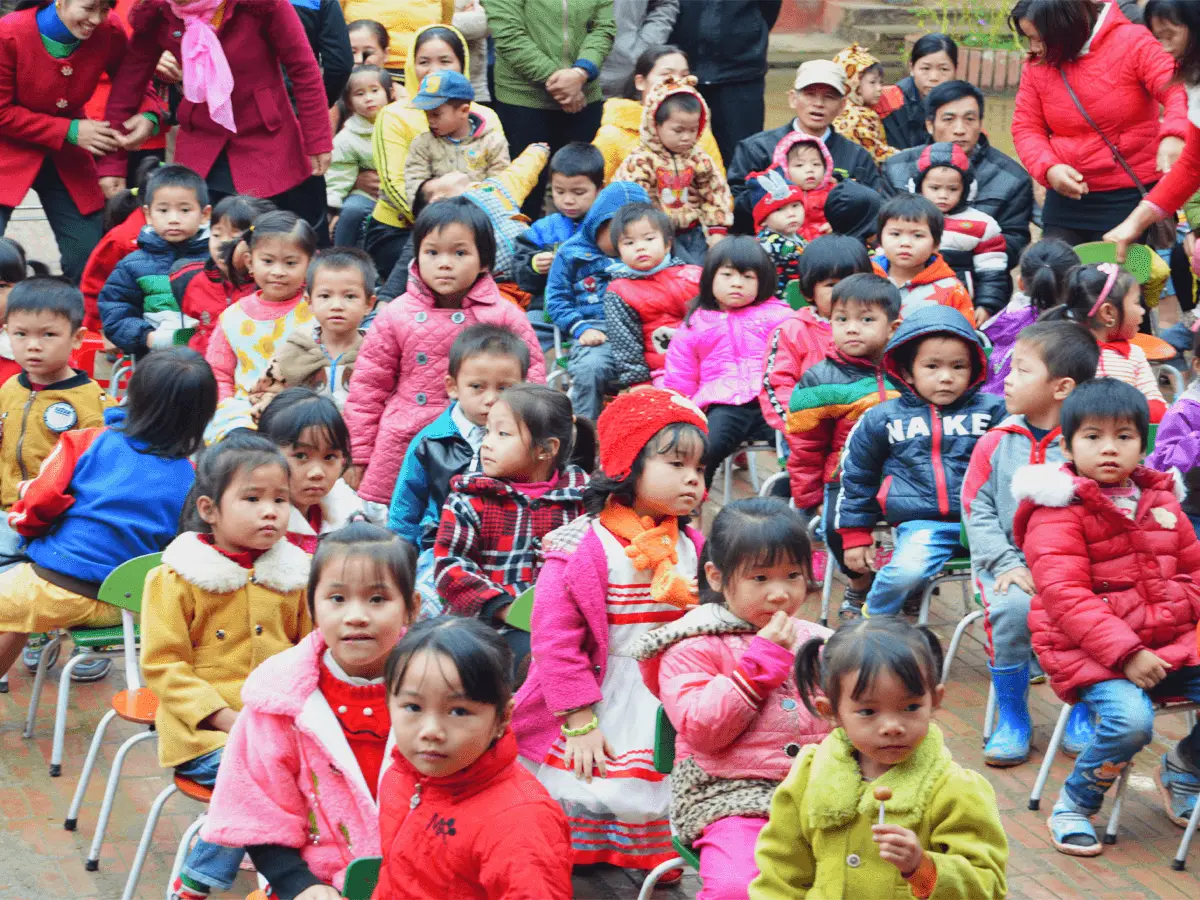The main education goal in Vietnam has always been “improving people’s general knowledge, training quality human resources, and nurturing and fostering talent.” To fulfill this objective, excluding financial burdens to make education accessible to more children is compulsory. In other words, the tuition fee should not be a reason for a kid to discontinue his or her education. So, is Education In Vietnam Free?
Education In Vietnam Is Not Free
The answer is No, education in Vietnam is not free, and the expenses might continue to rise in upcoming years.
Since the 1980s, Vietnam has undergone major changes as the Communist government has transitioned from a command-style economic structure to a more open capitalist economy while still maintaining political control. During this time period, the country has also made remarkable progress in developing its economy.
Vietnam’s continuous economic growth is based on a number of factors, including sustained levels of foreign direct investment, political stability, infrastructural development, and the modernization of a suffocating regulatory system plagued by corruption.
The modernization of Vietnam’s education system, which is by far be seen as falling behind other Southeast Asian countries by foreign observers, is one of the country’s strategies towards achieving greater economic development. The government believes: Education is the key.

Education plays an important role in Vietnam’s current “socio-economic growth strategy for 2011-2020,” which aims at enhancing human capital development, raising higher education enrollments, and modernizing education to meet the country’s industrialization expectations in a global context.
In recent years, Vietnam has increased its educational investment dramatically. Education spending as a proportion of GDP rose from 3.57 percent in 2000 to 5.18 percent in 2006 and has maintained consistently over 5 percent since then. In 2019, it peaked at 5.8 percent.

Despite increased funding, public education in Vietnam is not totally free and is becoming increasingly expensive. Elementary education is free with the majority of expenditures is covered by the government; however, these schools may charge a variety of additional fees, ranging from maintenance costs to books purchases and uniforms.
Schools Can Charge Tuition Fees
When it comes to higher levels of education, things got even worse.
Secondary public schools are allowed to charge small tuition fees. Besides, parents often pay a large amount of money for extra classes. Some teachers pressured parents that their children must attend private lessons. If parents do not comply, the students might get lower scores from their peers because the teachers only bias pupils who pay them money for afterschool classes. This problem increases costs and inequalities in public education.
Tuition costs in universities ranged from $262 to $385 per year in 2015/16, and they are expected to rise. Tuition limitations have already been lifted at a number of public universities. For bachelor’s degrees, top colleges such as the Ho Chi Minh City University of Technology are charging annual tuition costs of USD $1,000.
What The Vietnamese Government Is Doing
To relieve the state’s financial load and improve the education system, Vietnam is pursuing privatization of education, a goal that could push up student expenses even more. By 2020, the goal is to increase the share of private funding sources at public universities, with up to 40% of the student population enrolled in private institutions.
For that reason, it’s projected that Vietnamese education is not only not free but also becoming more expensive over time.
At Project Sprouts, we realize that we can not solve all the problems of poverty in a situation like this. But we can seek to make a difference in the lives of needy children by giving them school supplies and encouraging them to continue their education; we can give them winter coats, boots, and blankets to help them stay warm during the cold winter months.
Project Sprouts would love to have you be a part of our community and help us to help worthy children in North Vietnam. We cannot solve all the world’s problems, but we can do our part to help poor kids grow by giving school supplies, winter coats, boots, and other supplies.
You can find out more about Project Sprouts by clicking here or go to our give now page to donate by clicking here. As we are a grassroots organization, all funds go to help those in need.
Related Content
Why Poverty Is Like A Disease And How We Can Cure It?
Poverty is a mindset that is taught for multi-generation in a household. The state of being poor is fearful, “transmissible,” but also preventable – just like a disease. To help unfortunate souls get out of being trapped in poverty, we teach by giving them tools – education.
You can find out more by reading Why Poverty Is Like A Disease And How We Can Cure It? by clicking here.
11 Facts About Vietnamese Education and Poverty
The world is developing more these days; many countries can provide their citizens with a good opportunity for education. Vietnam is one of the developing countries globally that has made great progress in both the economy and many other fields such as technology and public health. However, there are still various poor areas in Vietnam where residents suffer from poverty and hunger.
You can learn more by reading 11 Facts About Vietnamese Education and Poverty by clicking here.

